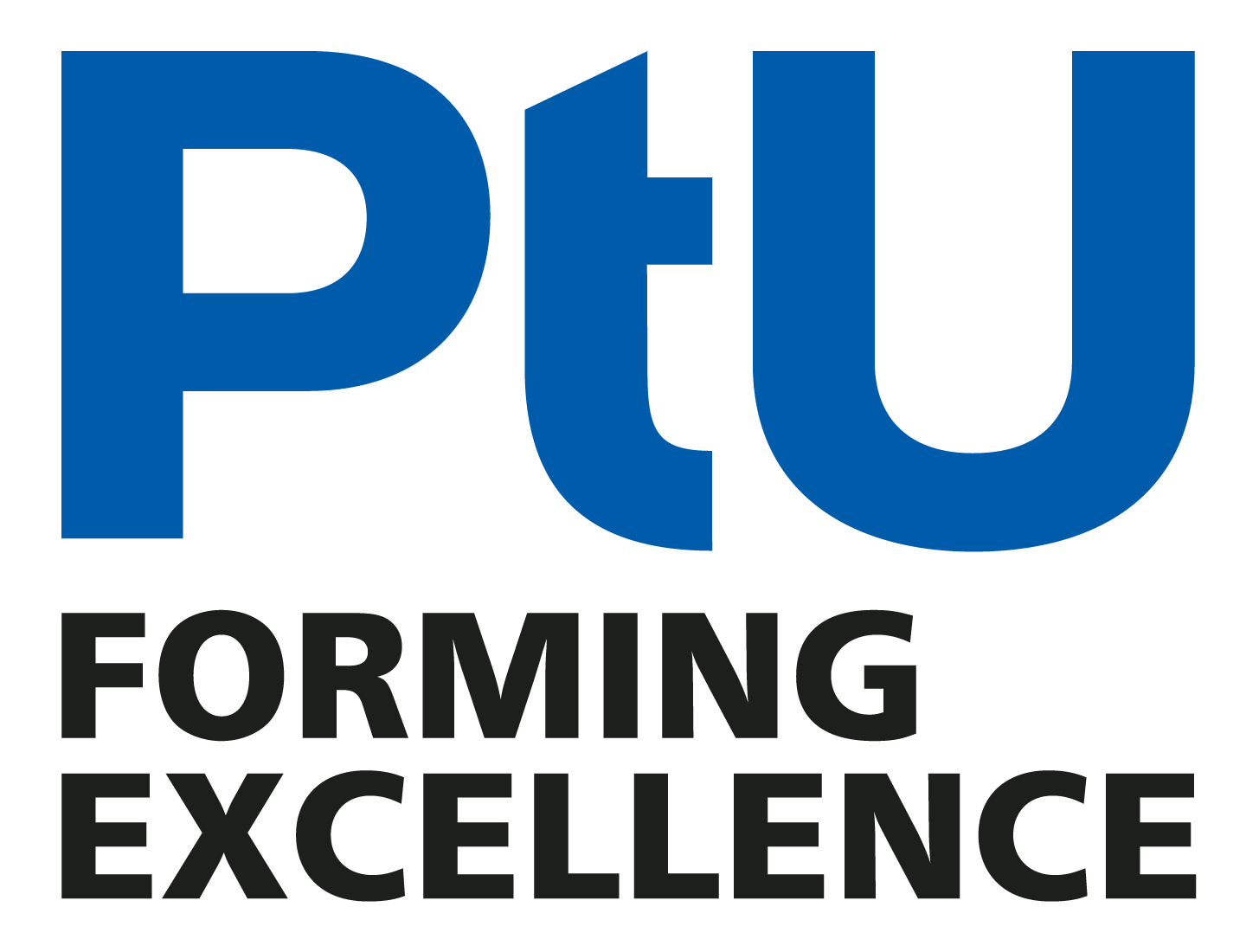SimBoard – Improved process stability in 3D paper forming through numerical representation of material inhomogeneity
The aim of this research project is to improve the process stability and expand the range of applications for paper forming. The effect of inhomogeneity on the three-dimensional forming processes of paper is taken into consideration. With the extended knowledge of the inhomogeneous material properties and correlated mechanical properties, the material behavior is represented in a numerical model. Based on the results, numerical methods help to develop design guidelines for semi-finished products and paper forming processes.
Coordinators: Yuchen Leng M. Sc.
Duration: January 2021 – April 2024
Funded by: DFG
Motivation
Paper is widely used in the packaging industry as a substitute for conventional polymer materials. However, with an expanded state of research into the plastic forming mechanisms of paper, many other potential fields of application could be expanded. Systematic studies of deep drawing and hydroforming forming processes have led to significant improvements in the quality of molded parts in recent years.
The aim of the research project is to improve the design and control of paper forming processes by taking into account the existing material inhomogeneity. To this end, the influence of the locally different properties on the macroscopic mechanical behavior of the material is to be investigated and numerically modeled. As a frequently applied approach, FEM simulation provided a reliable prediction, but only with significant homogeneities of the materials. The consideration of paper inhomogeneity for numerical representation in FEM simulations represents a major challenge.
Approach
With the expanded knowledge of the inhomogeneous material properties and correlated mechanical properties, the material behavior is represented by using a numerical model. The applicability of the model is to be extended by a highly automated data preparation/generation method, which transfers the measured data into the locally resolved material data (Fig. 1). Based on these methods, approaches will be developed to improve the reliability of forming processes for paper, considering the inhomogeneous material properties. The final step of the research approach is the validation of the developed design methods and procedures, furthermore the control strategies as well as the quality of the described models themselves.
Acknowledgement
The research project is funded by the German Research Foundation (DFG). In addition, thanks go to the project partners Fraunhofer-Institut für Verfahrenstechnik und Verpackung IVV (DFG 415796511).
Funded by
Project Partners




